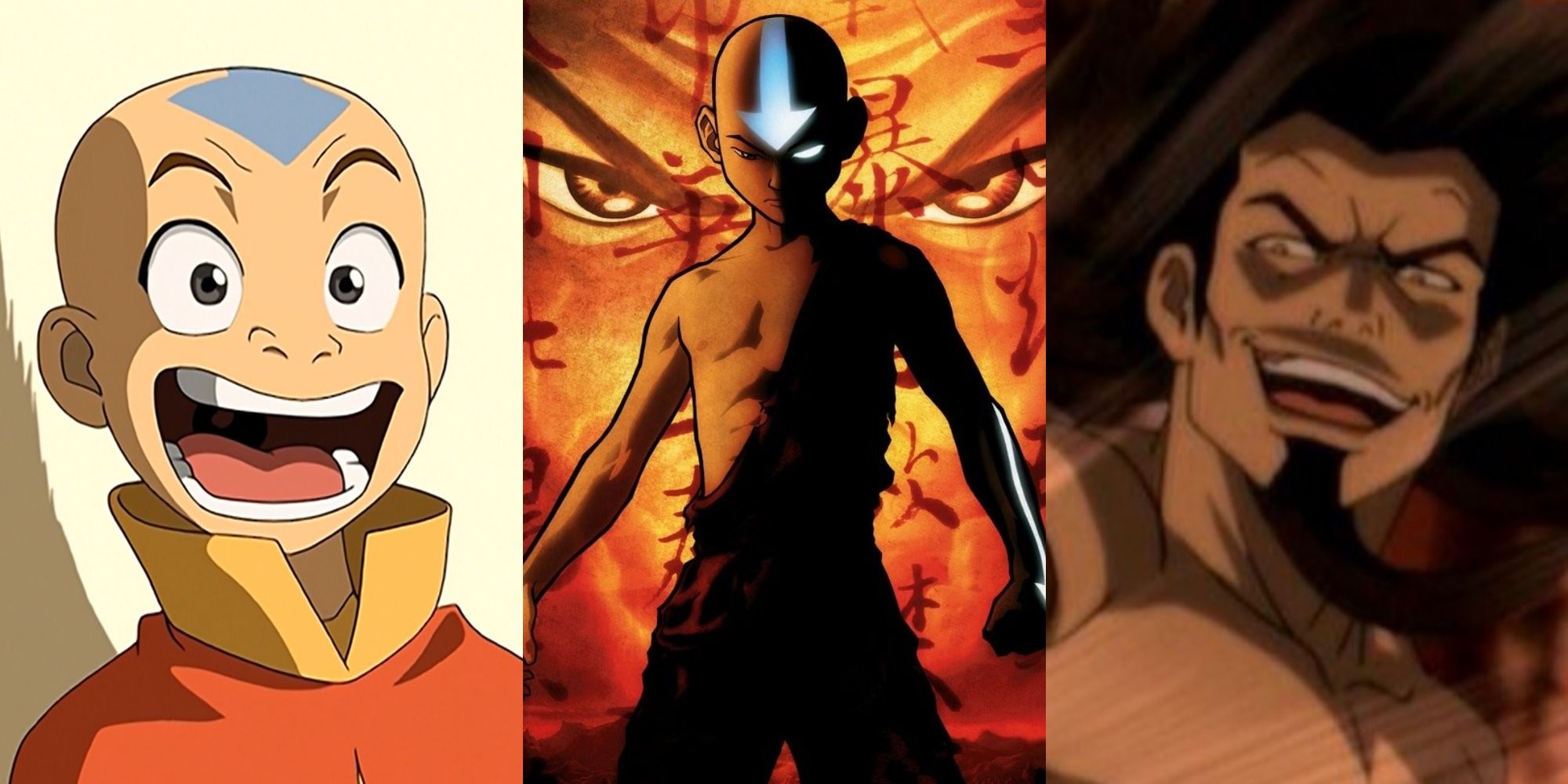
The anime genre is often subsumed into itself — in such a way that it can be rather difficult to classify the limitless variety present within the overall category. However, Shojo anime is distinct from shonen, and seinen does not resemble josei enough to be clubbed together. Where does Avatar: The Last Airbender fit in with all of this?
There has been intense debate on this issue, with as many arguing in its favor as there are those who claim that there can be no comparison between the American show and the Japanese genre. Although a Western project, the series shares an inordinate number of features with its anime counterparts, regardless of its origin.
10 The Story Is Rooted In Eastern Traditions & Culture
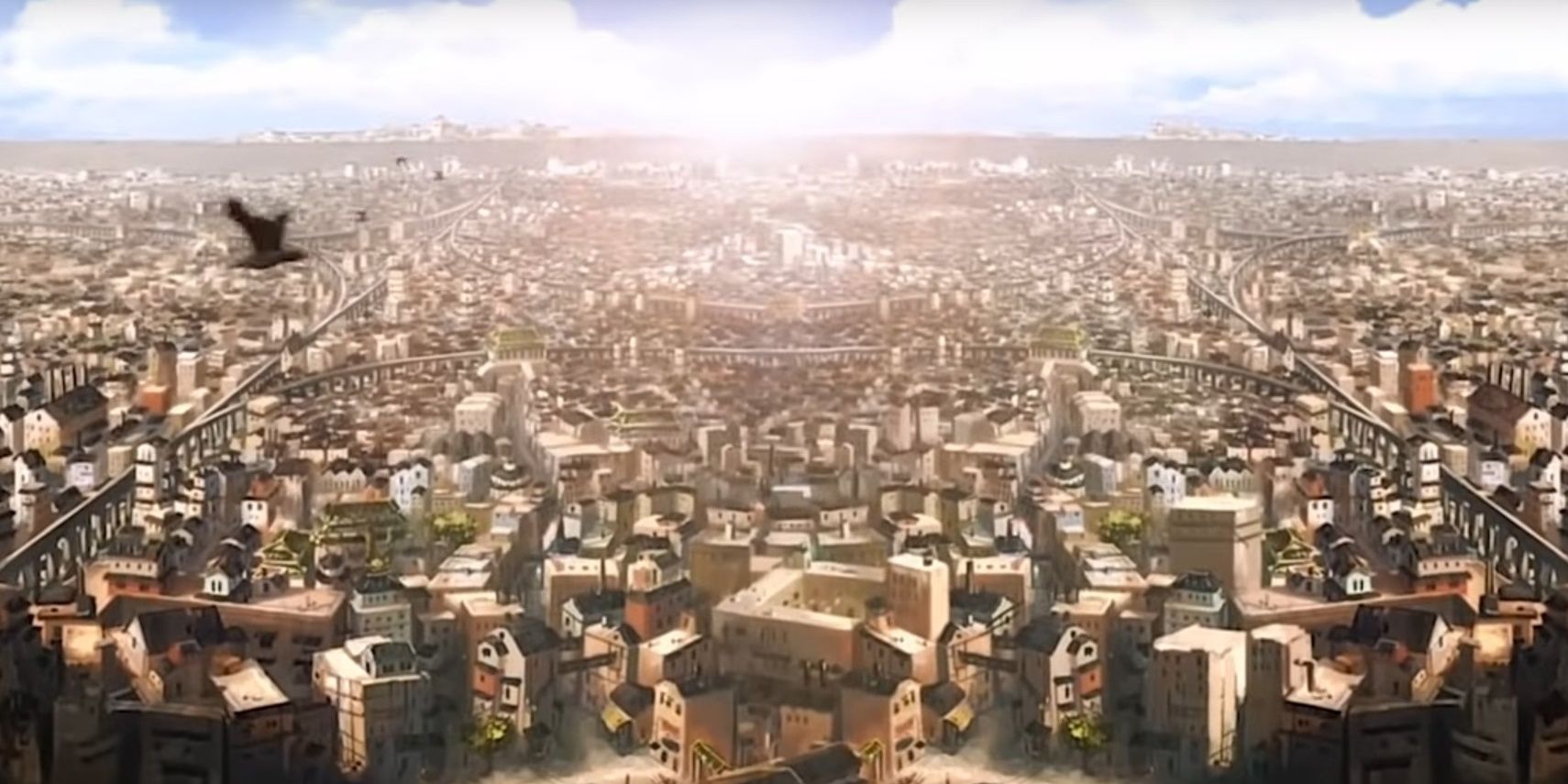
One of the most prominent characteristics of the franchise is its thoroughly Asian setting. While the Northern and Southern Water Tribes were a reference to Inuit tribes, Ba Sing Se, on the other hand, is a redesigned version of the famous Forbidden City in China.
The spiritual elements are similarly borrowed from Buddhism, Hinduism, and Taoism, as can be seen from the Airbender philosophies explained through the narrative. Such a heavy reliance on East Asian history and martial artistry is quite animesque.
9 The Burden Of Fulfilling One's Destiny Is A Theme Often Seen In Anime
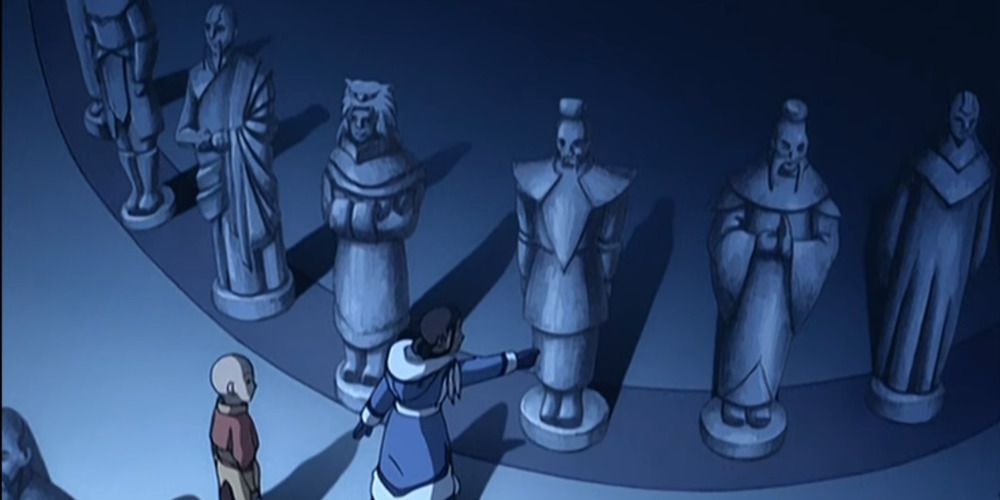
A common trait exhibited by the anime protagonist is the inevitability of fate that their lives have been entwined with: whether their duty extends to their family or the entire world is irrelevant. Aang is expected to be the best Avatar he can be, simply because there have been nearly 200 who have done so in the past.
He does not get to run away because he's a child, and when he does, he is forced to face the consequences of his actions (the inferno that is the Hundred Year War.) In the end, Aang is the only one who must execute the destiny he is charged with.
8 Its Antagonists Are Over The Top Evil
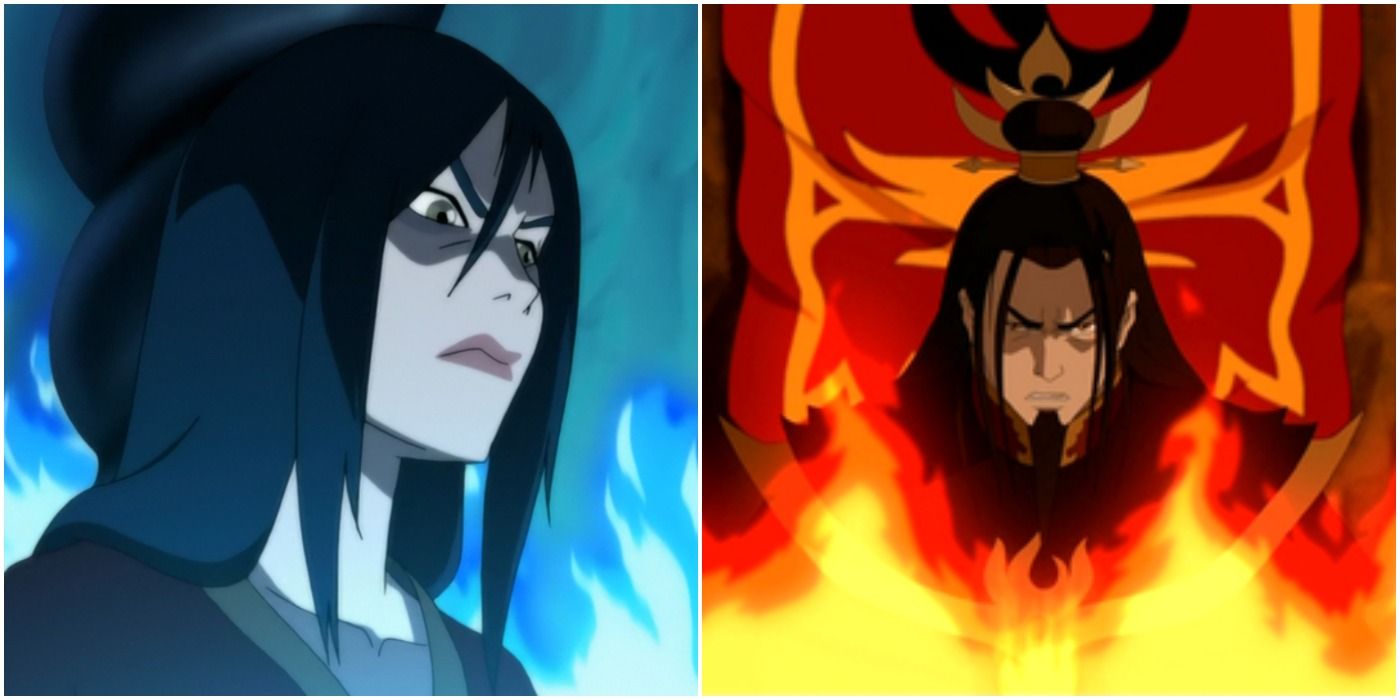
A few examples — Sosuke Aizen from Bleach, All For One from My Hero Academia, or Father from FMA: Brotherhood — show that anime villains have a recurring tendency towards unbelievable villainy.
Aizen rips open the fabric of Soul Society, All For One consistently destroys every wielder of the One For All, and Father thinks nothing of causing multiple genocides. Likewise, Fire Lord Ozai, and, to a point, Azula, embody this relentless form of evil in ATLA.
7 The Character Expressions Seem To Be Inspired By Anime (And Not By Western Animation)
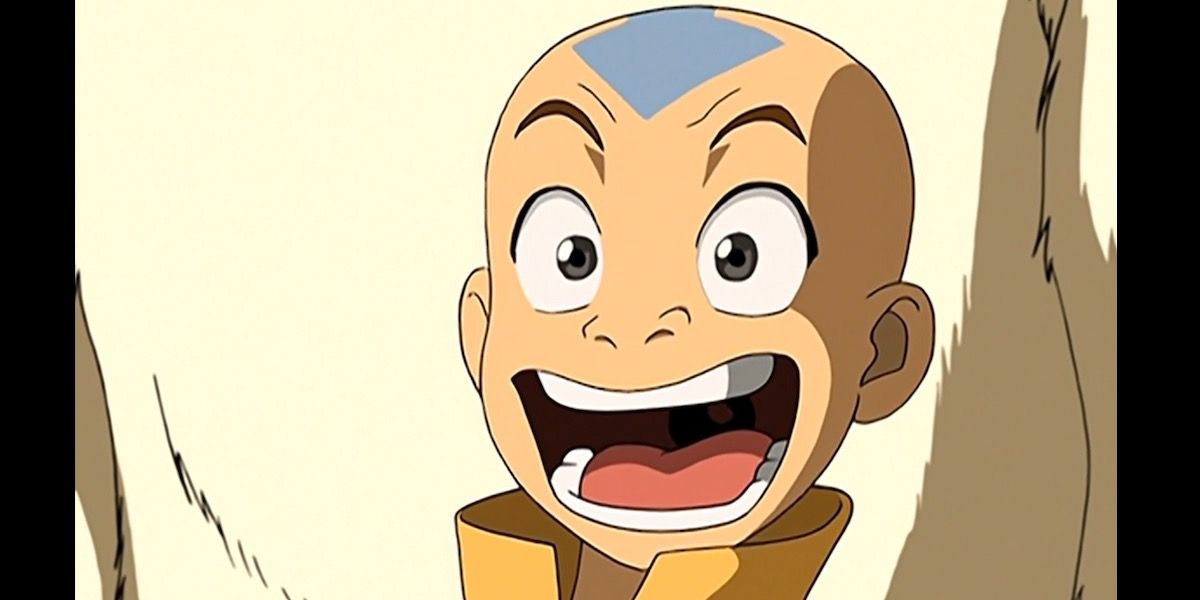
Expressive faces are trademarks of anime character design, and this has been the norm since the creation of the genre. These features allow the artist to depict a wide range of emotion, through beads of sweat, swirling irises, extravagant reactions, among others.
Avatar obeys this trend to a great extent, such as when Sokka's eyes turn into hearts, when Aang spots an Otter Penguin for the first time, or in Ozai's comical reaction to being told he isn't the Phoenix King anymore (after he loses his Firebending, of course.)
6 It Includes A Beach Episode (A Staple In Any Good Anime Series)
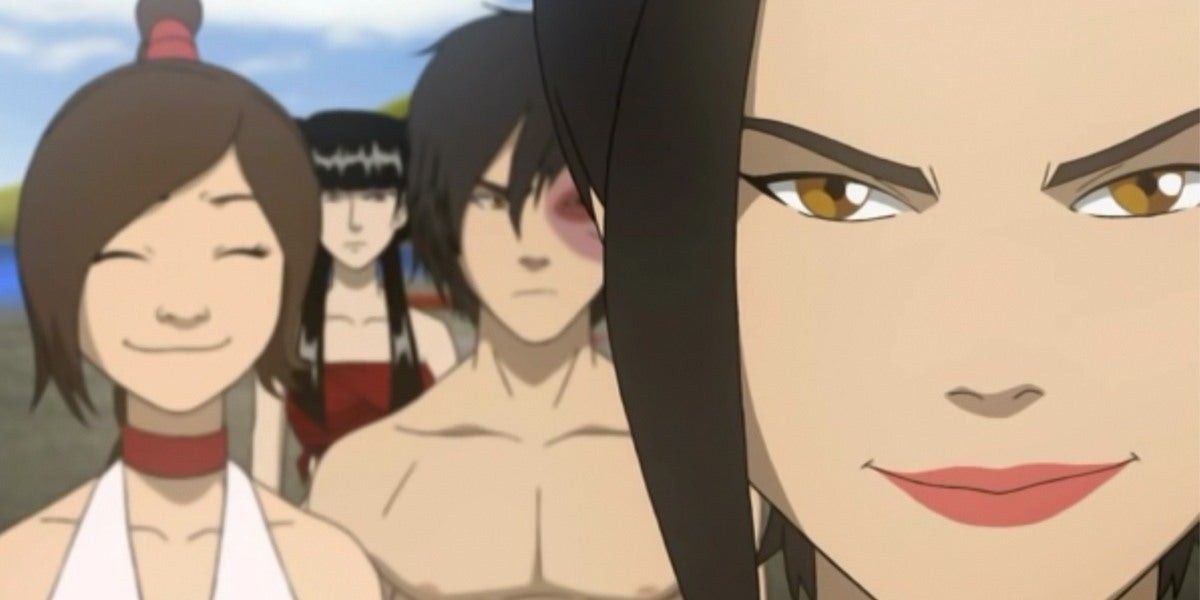
Anime, especially those that run for extended periods of time, sometimes have a beach episode, dedicated to a simpler plot where characters just enjoy themselves basking on the sand or swimming in the waves.
This also allows for extra fanservice to be included for the show's viewers. "The Beach", however, is a lot more dramatic than usual, not to mention that it is interspersed with truly explosive battle sequences involving Combustion Man and Team Avatar.
5 Avatar Has A Very Shonen-Themed Storyline
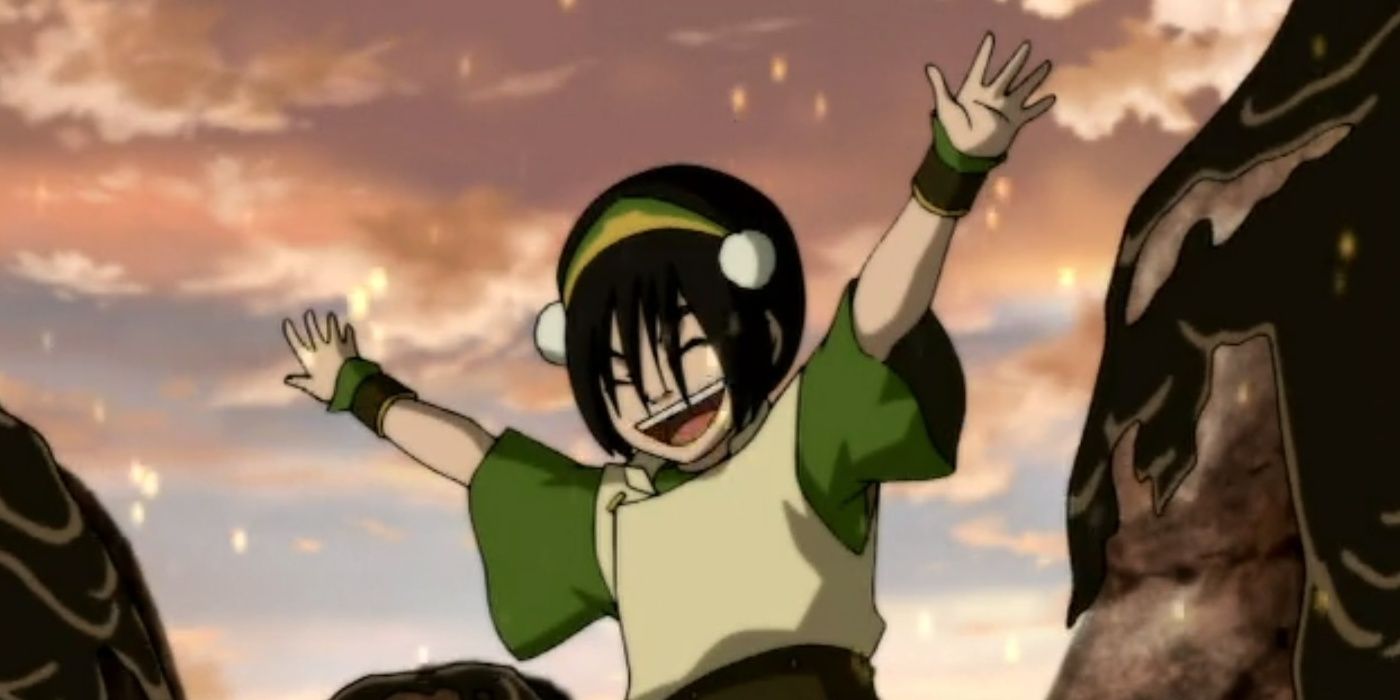
As is common in shonen, there is a male protagonist — whose main job is to fight various enemies; in ATLA's case, these are mostly supernatural/mythological.
Further, there are a number of martial contests, for instance, Toph's Earth Rumble in Gaoling (or even the Pro-Bending Tournaments in The Legend of Korra.) Shonen heroes want nothing more than to become stronger, in both mind and body, so they can help those around them who need it the most.
4 It's Unexpected Comedy Style Is Very Similar To That Of Anime
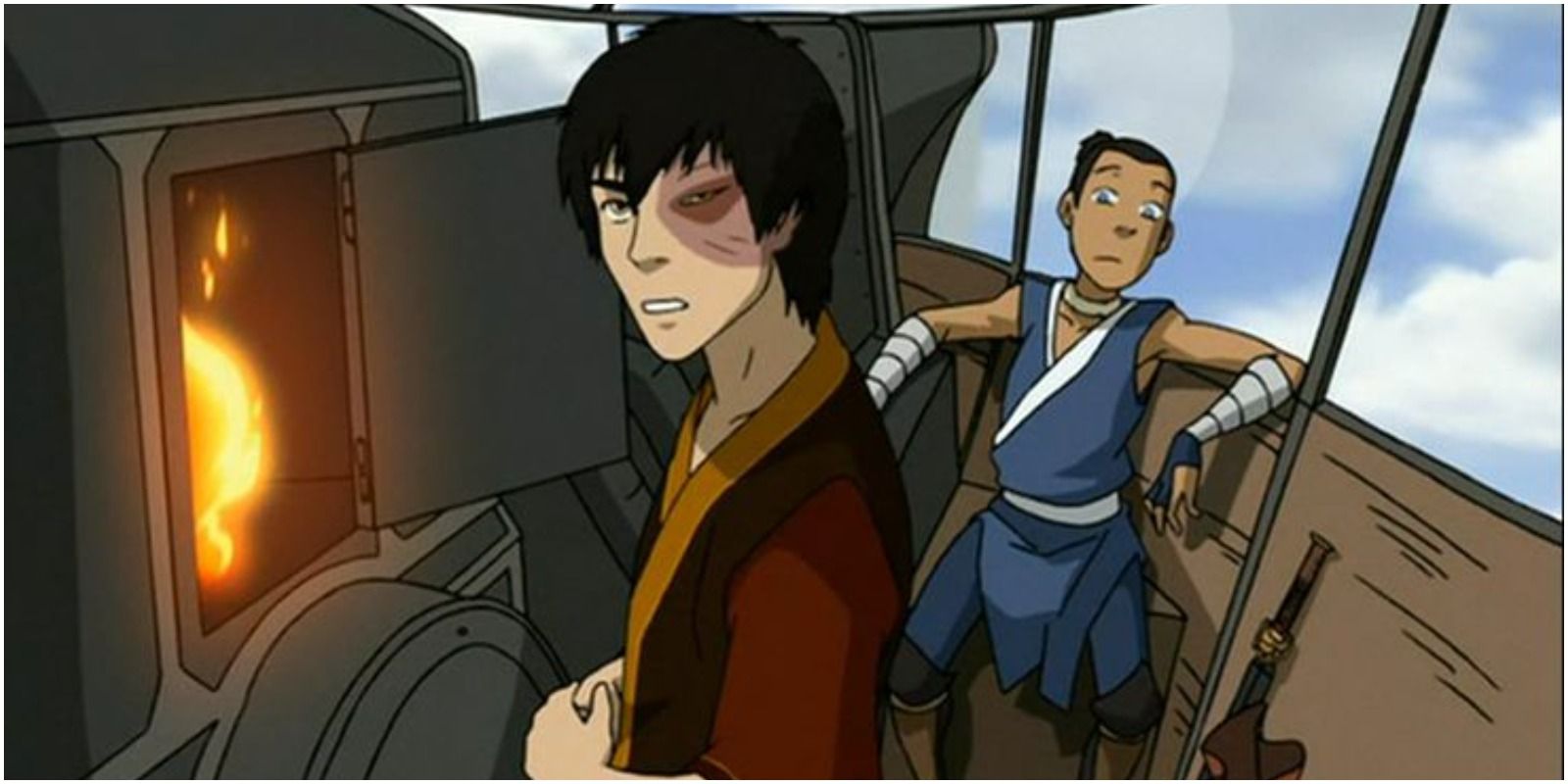
ATLA's comic timing is nothing short of perfect, whether it's Zuko playfully mocking Uncle Iroh by referring to "all tea" as "hot leaf juice", or Sokka half-seriously mentioning that his "first girlfriend turned into the moon."
Zany humor is an oft-used component in anime dialogue because it adds to the already exaggerated charm of the anime narrative. Of course, one can't discuss comedy in this show and exclude Toph's various self-burns (that somehow insult everyone else except her.)
3 Its Inventive Music Score Features Several Classic Instruments From Asia
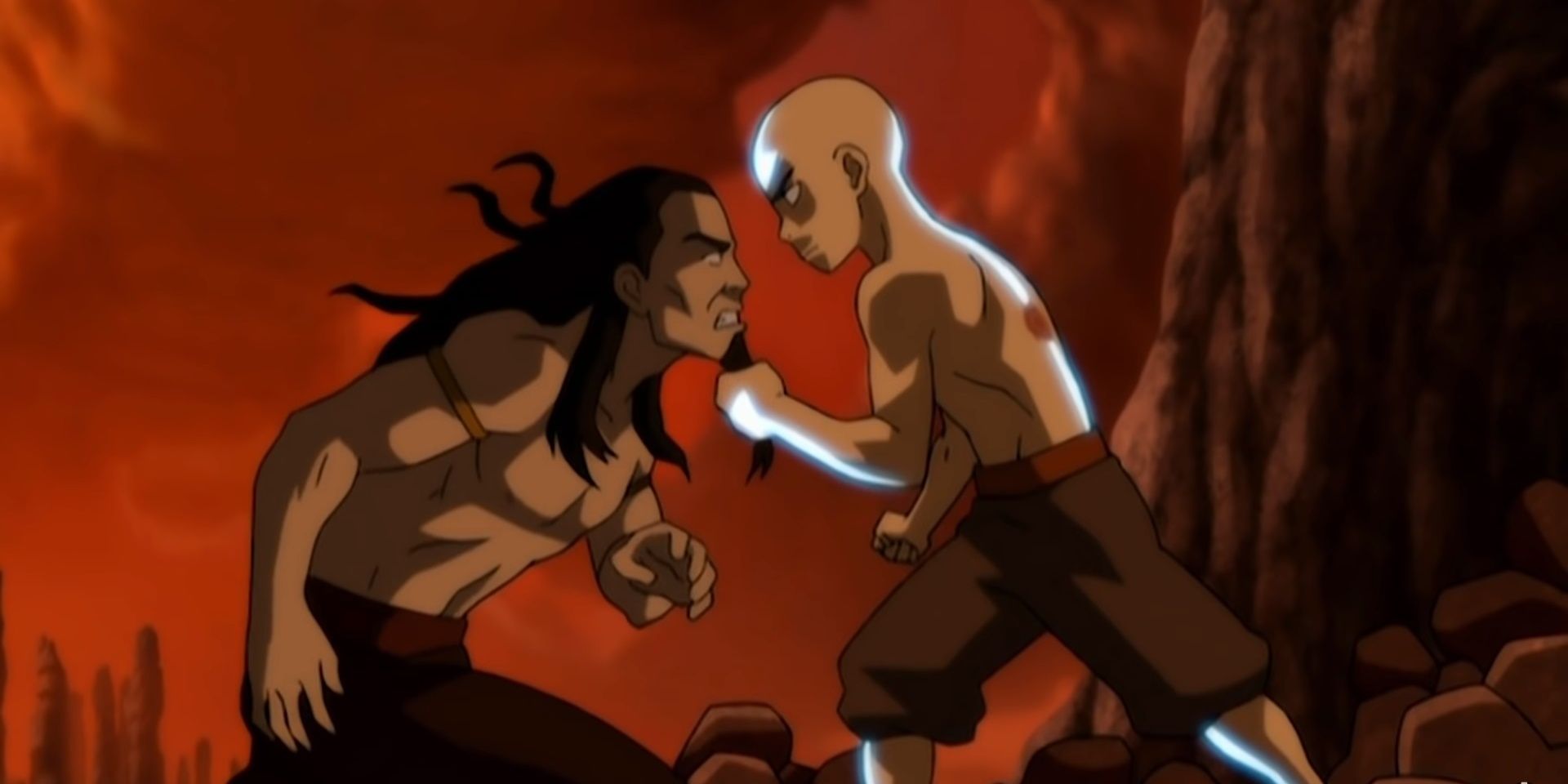
The music composition and sound design in ATLA incorporates several instruments from Asia, such as the pipa and the Guzheng (a Chinese lute and zither, respectively), as well as the duduk (an Armenian woodwind.)
A notable parallel to anime OST production is the live ensemble used to create the background for Aang's final battle with Ozai, a theme that is as dark and daunting as it is robust and dynamic. It is clear that those behind the music ensured that the emotional pathos of each scene, each moment, establishes the intended atmosphere.
2 The Heroes Undergo A Stratified Power-Scaling Process
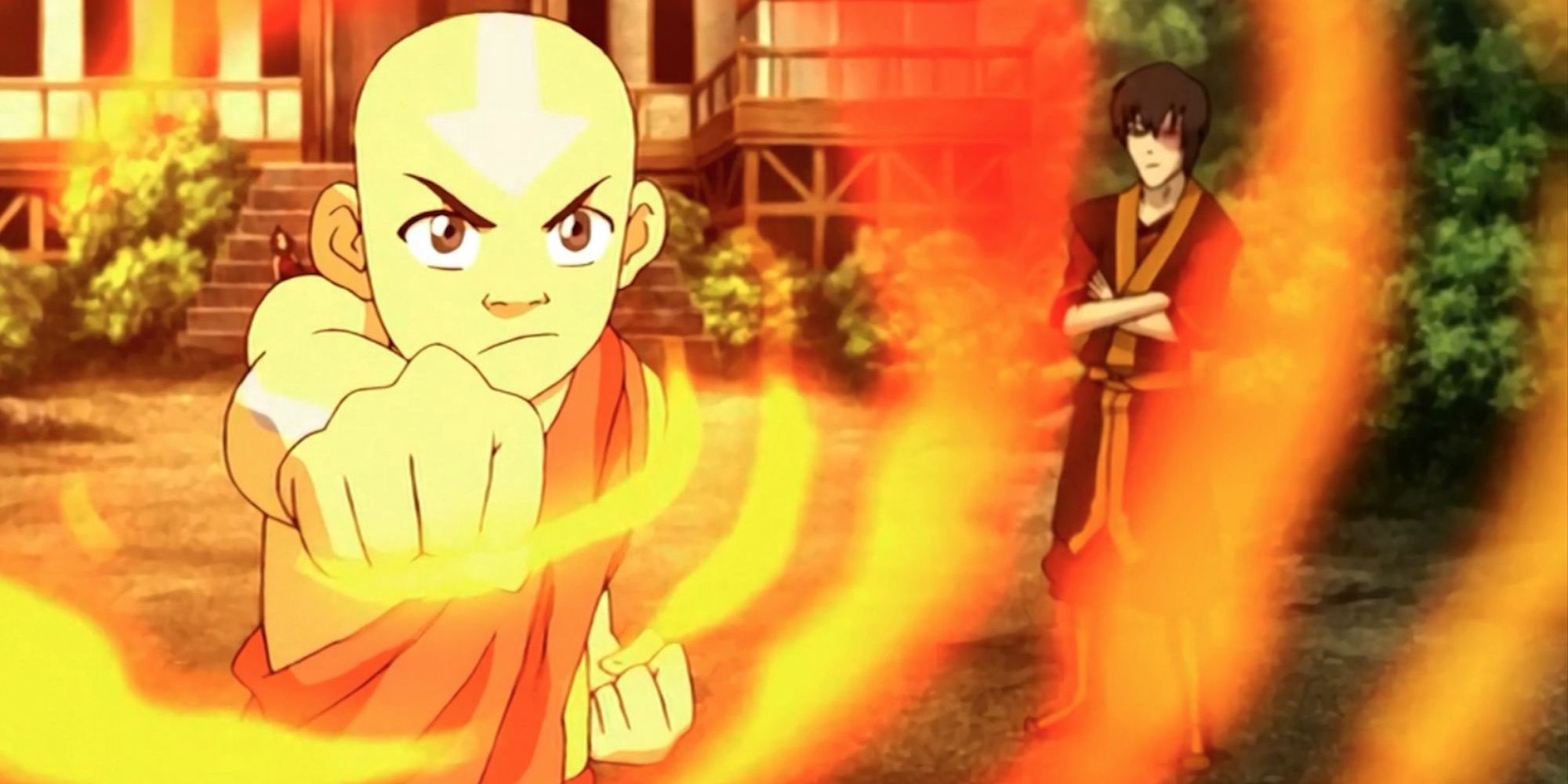
A decent number of anime protagonists begin their journey either relatively weak (Tanjiro Kamado & Naruto Uzumaki) or disinterested (Yusuke Urameshi & Ichigo Kurosaki).
Aang falls more into the latter category, seeing how disinclined he is to take on the Fire Lord; however, his total lack of Earthbending, Firebending, and Waterbending knowledge at the start suggests that he isn't all that strong, either. No matter, because he works hard at it, and is soon able to master the most powerful technique in the ATLA universe, the Avatar State.
1 The Theory Behind The Avatar State Is A Central Concept In Eastern Tradition
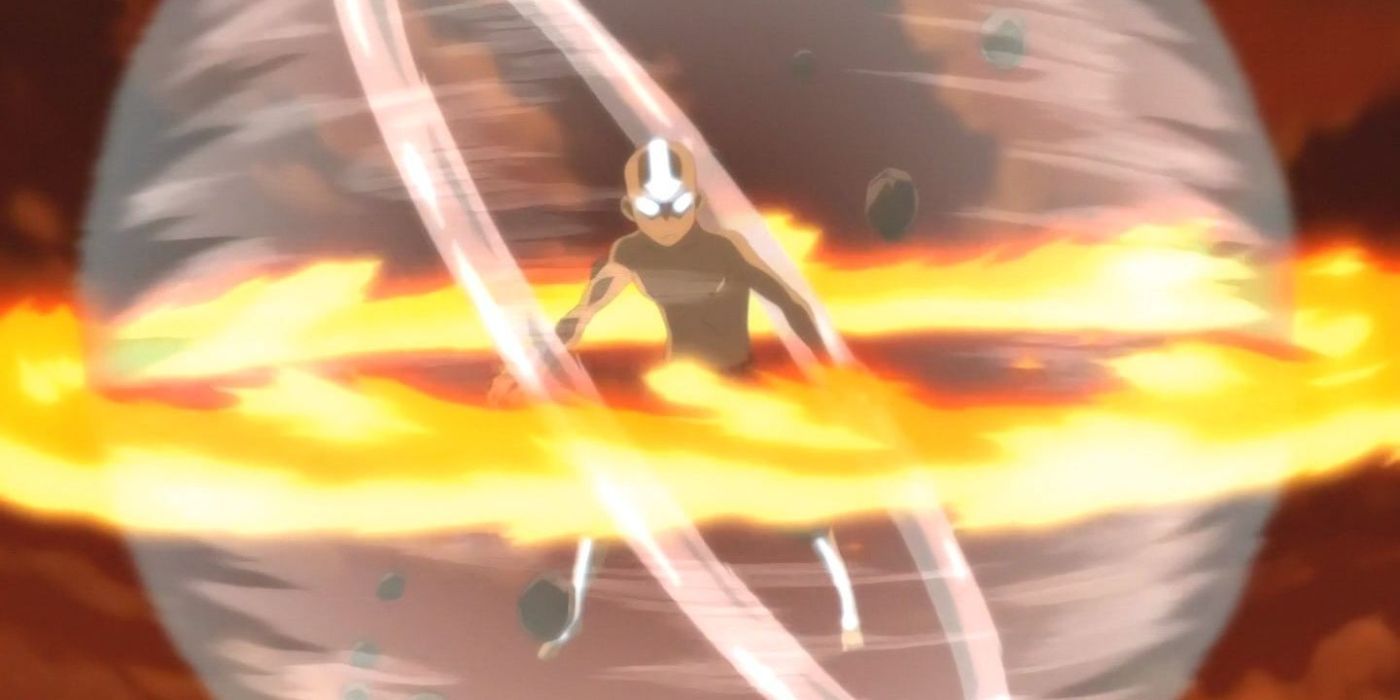
Every anime gives its hero a trump card, a special power that they, and only they, can unlock. This takes months, years, or decades of training and fighting, and it may not even work half the time (in order to spur the protagonist on to improve themselves further.)
The Avatar State is a not-so-secret weapon that Aang wields, although he has no conscious control over it until the climax. More importantly, the notion that one can connect with their past incarnations is a central concept in Eastern spiritual tradition.
0 Comments